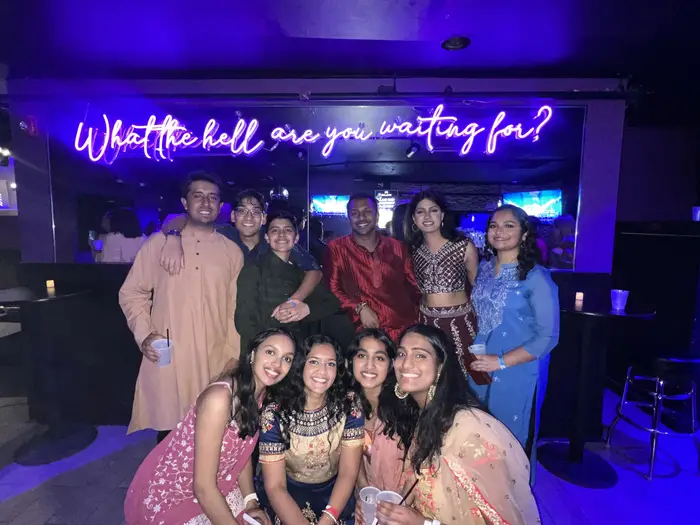Pursuing a Minor
by Mahirah A.
Hello! My name is Mahirah, and I am a senior studying mechanical engineering with a double minor in human-computer interaction and business administration at Carnegie Mellon. I’m excited to tell you a little bit about how to pursue and balance minors or double majors along with your intended major.
When starting out my college career, I was overwhelmed by all the possible minors and majors that I was interested in. Each one felt relevant and exciting for what I wanted to do in the future, making the decision difficult. On top of that, the flexible curriculum at CMU allowed me to take two to three classes each semester outside of my major. I knew I wanted to make the most of that opportunity, but figuring out how to fit everything in took careful planning.
One of the first steps I took was reflecting on my goals. As a mechanical engineering major, I wanted to combine technical expertise with skills that would make me well-rounded and adaptable in my career. I had always been fascinated by the intersection of technology, design and business, which led me to explore minors in Human-Computer Interaction (HCI) and Business Administration.
Here at Carnegie Mellon, there are a lot of tools to help plan out your academic path. One of my favorites is Stellic, which is a drag and drop tool that allows students to map out the courses for each major/minor and ensure that they are meeting the requirements for each one. It helps you visualize what you’ve completed, what’s in progress and what’s left in your academic plan. It is also a great way to explore electives that fulfill graduation requirements!
Aside from Stellic, your advisors are a great resource as well. I have three advisors, one for my major and one in each of my minors. They have all been extremely helpful in ensuring that I am doing what is necessary to stay on track. It is also great to speak with your own peers and CMU faculty to get a sense of what classes and minors students are pursuing.
Balancing a major and two minors has been challenging, but I believe flexibility and proactiveness are key to a successful undergraduate career. Flexibility means being open to adjusting your plans when new opportunities arise or when unexpected challenges occur. Proactiveness, on the other hand, involves staying ahead of deadlines, reaching out to advisors for guidance and seeking out tools like Stellic to map your academic journey. It also means being intentional about your choices—whether it’s selecting courses that align with your interests, finding summer or mini-semester opportunities to lighten your regular semester load, or staying engaged in extracurriculars to build a well-rounded experience. Together, these qualities not only make managing a complex academic path feasible, but also ensure you get the most out of your undergraduate education. These key qualities are what helped me pursue two minors alongside my major while graduating a semester early!
For me, pursuing minors wasn’t just about adding credentials to my resume—it was about broadening my perspective and developing skills that complement my major. My minors in HCI and Business Administration have not only made me a better engineer but have also opened up opportunities in design, product management and leadership.

